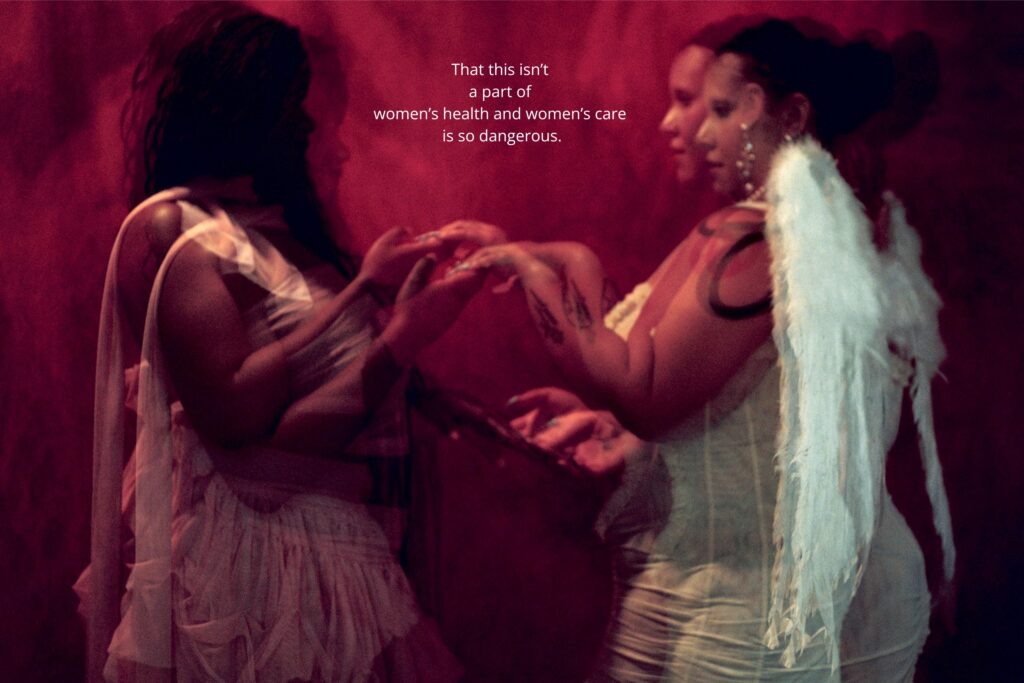Here at Strut, we have conversations and share stories that might not feel “favorable” at the living room table. Still, we know they are conversations that need to be had. While the “A-word” — abortion — has long carried a level of shame, we are now living in times where the right to make that decision is illegal in some places. That’s just not right. So when Nadira reached out about her project, we said yes immediately. Keep reading her op-ed and learn how two Black artists are overcoming abortion stigma.
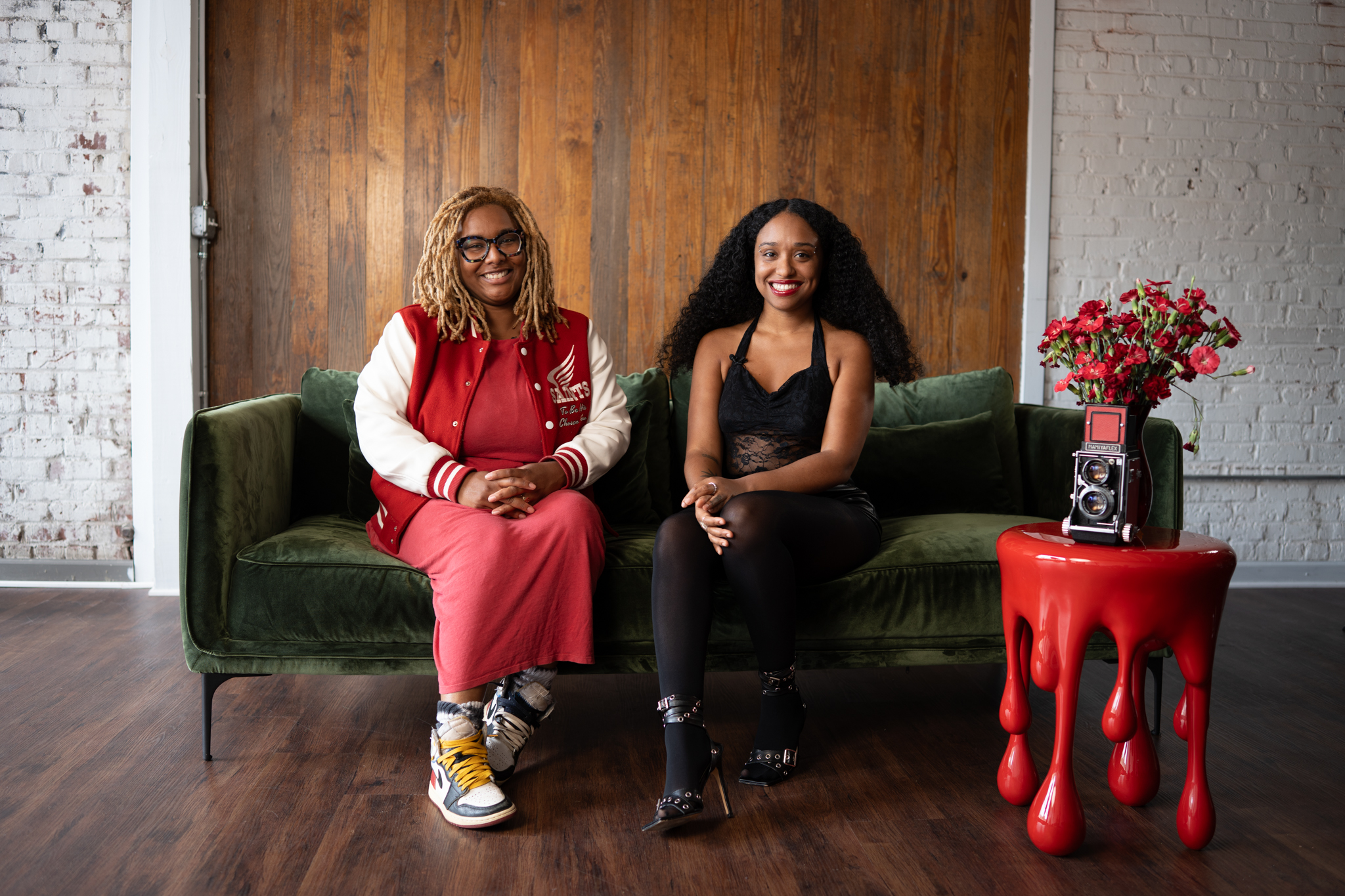
HOW TO BLACK ARTISTS ARE OVERCOMING ABORTION STIGMA
The arts are known for pushing boundaries, fighting for justice, and championing collective progress. However, missing from the mainstream art canon is much mention of abortion, and especially narratives on abortion from the voices and lens of Black people.
No Reproductive Justice. No Peace
As a writer and activist, I wanted to change that. For nine months, I teamed up with photographer Arieanne Evans to create “No Reproductive Justice, No Peace,” a multimedia arts initiative that combines video, portraiture, and audio storytelling to honor the experience of abortion in the Black community, create resources for Black folks seeking abortions, and educate global communities on the importance of access to reproductive care.
“Creating this project was about reclaiming power — over our bodies, our narratives, and our visibility,” says Evans, who is also a women’s studies scholar. “Abortion isn’t just a political issue; it’s deeply personal, and our stories deserve to be seen and honored with dignity.”
According to 2019 data from the Centers for Disease Control and Prevention, abortion ratios among Black people were 3.6 times higher compared to non-Hispanic white people. Yet, shame and stigma often stop Black Americans from openly discussing the realities of abortion. And in this silence, misinformation has been allowed to run rampant.
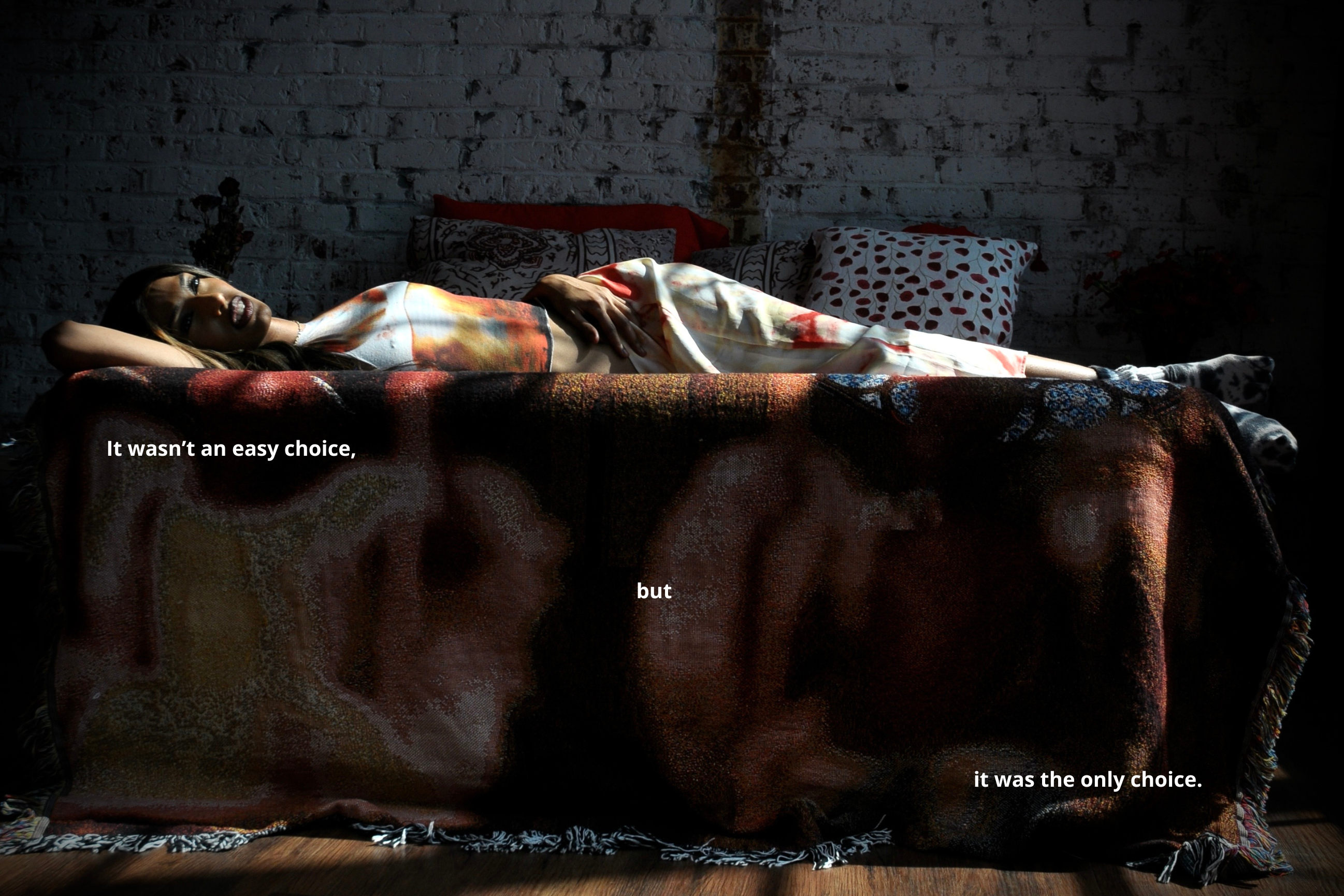
For “No Reproductive Justice, No Peace,” Evans and I interviewed seven Black folks who shared how misconceptions about abortion are harming Black communities, how their abortion experiences differ from many of the stories told by white-led media outlets, and why support remains paramount for Black folks seeking safe abortion care.
more than a project… it’s personal
Evans and I are also two of the millions of Black people who have had abortions in the United States. Before having my abortion in 2022, I knew nothing about what the process would be like. In fact, it wasn’t until I was on Planned Parenthood’s website scheduling my appointment that I learned there were different ways to have an abortion, including in-clinic or at home. I also didn’t know about the advent of abortion doulas, who provide emotional and physical support to individuals undergoing abortion care. And information like this can be life-saving.
As the Queen’s University Journal reports, “The more open and accessible abortions are, the more likely people are to seek them in a safe and timely manner, rather than resorting to unsafe methods.”

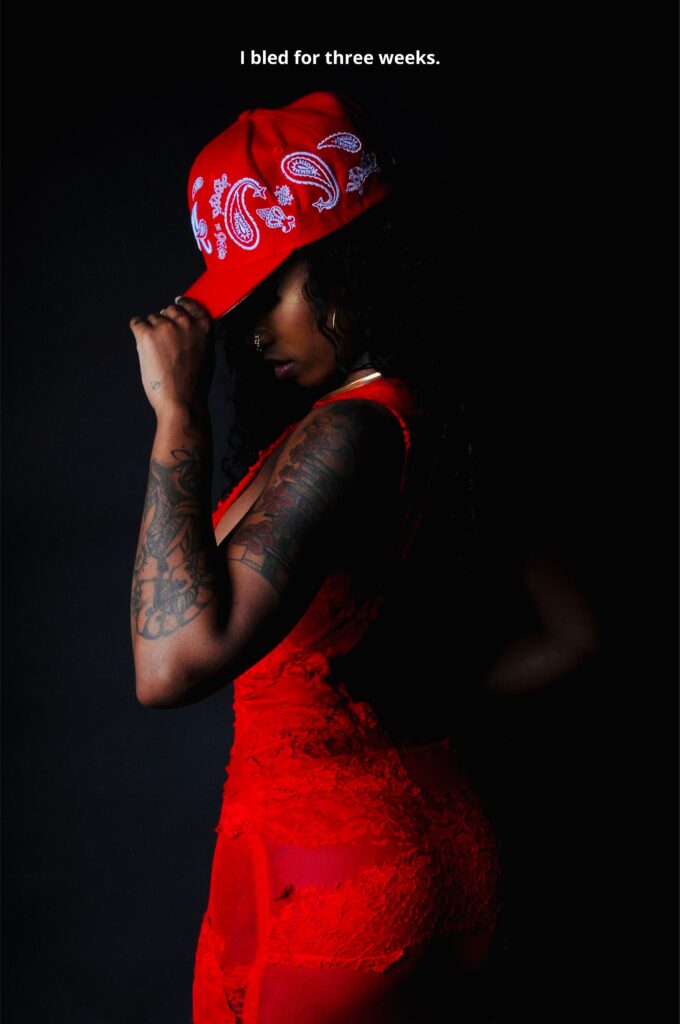
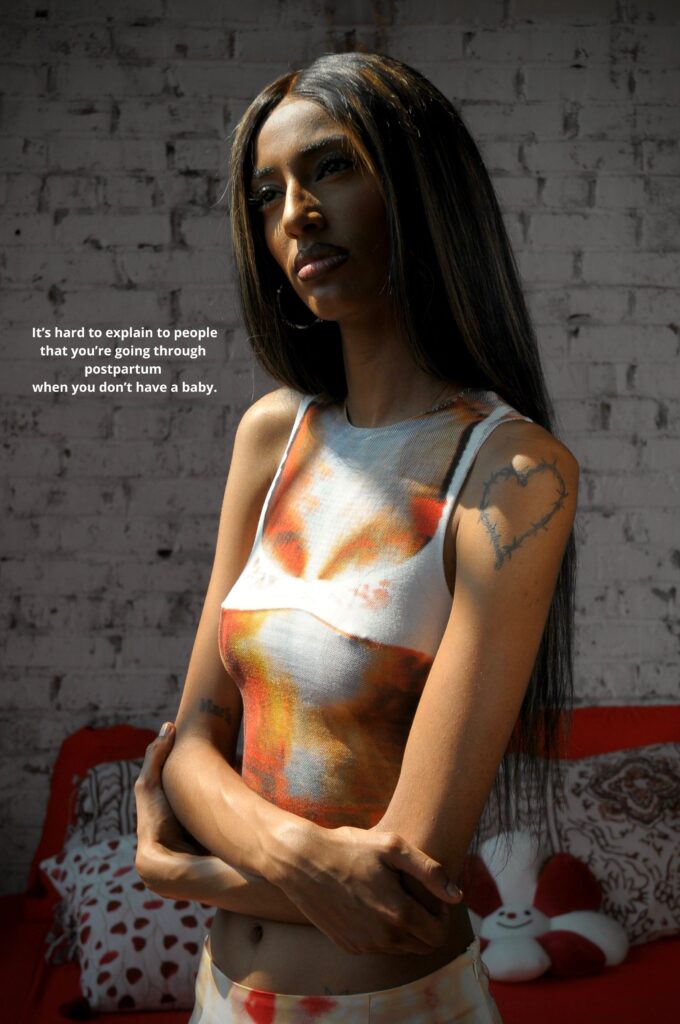
To help ensure crucial knowledge and resources reach Black communities, each photograph produced for “No Reproductive Justice, No Peace,” features quotes from our interviews with Black folks — our way of introducing the truth about abortion to homes nationwide. And a percentage of profits from “No Reproductive Justice, No Peace” is being donated to Black Women for Wellness, a Los Angeles-based organization that works on reproductive justice issues impacting Black women and girls.
Supporters can fund the initiative by purchasing the complete photograph collection, selecting individual prints, or contributing with a donation of any amount. These purchases directly support Black artists and the ongoing fight to expand abortion access in Black communities. You can also support “No Reproductive Justice, No Peace” by sharing the website with your friends and family.
As Evans says, we “hope this project sparks real conversation in our communities, and lives in galleries, schools, and public spaces where people can see their truths reflected with care. By sharing these stories through art, we’re not only dismantling shame — we’re creating space for healing, learning, and access to life-saving resources.”
